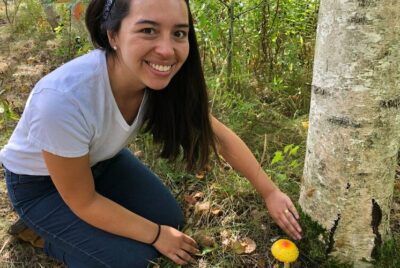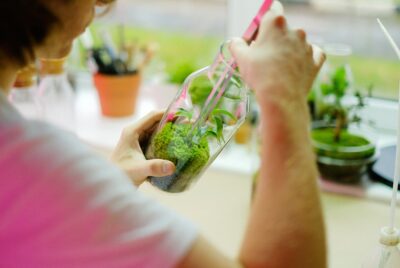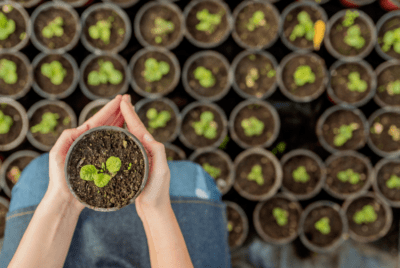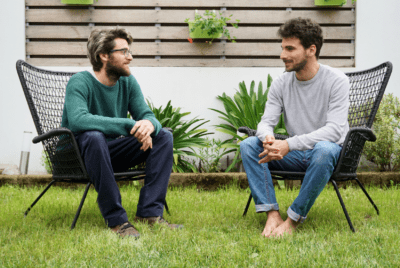RESEARCH
Translating Gardens into Accessible Multisensory Tours for Blind and Partially Sighted Visitors: An Exploratory Case Study
Summary
This paper presents an exploratory case study focused on translating the rich, multisensory potential of gardens into an accessible experience specifically for blind and partially sighted (BPS) visitors. It highlights the significance of green spaces for well-being, recreation, education, and therapy, noting that while any green area can facilitate a connection with nature, gardens designed according to evidence-based guidelines are considered most successful. The research underscores that gardens are inherently multisensory, stimulating sight, hearing, touch, smell, and sometimes taste, making them potentially universally accessible. Addressing the challenge of accessibility for BPS visitors in practice, the study aims to lay the groundwork for developing resources like smart audio descriptive guides.
The study employed a multi-stage methodology, with the first stage being the detailed exploratory case study conducted at the historic Hillsborough Castle and Gardens. This initial stage involved three steps: careful pre-planning of a safe and multisensory tour route in collaboration with an expert human guide and an accessibility expert; performing the actual guided visit with a small group of BPS and sighted participants; and gathering feedback and reflections through in-tour questions and post-tour interviews. The tour was intentionally designed to offer opportunities to engage hearing, touch, smell, and taste at various planned stops. The entire tour was video recorded to provide a basis for designing future audio descriptive scripts for a smart guide.







